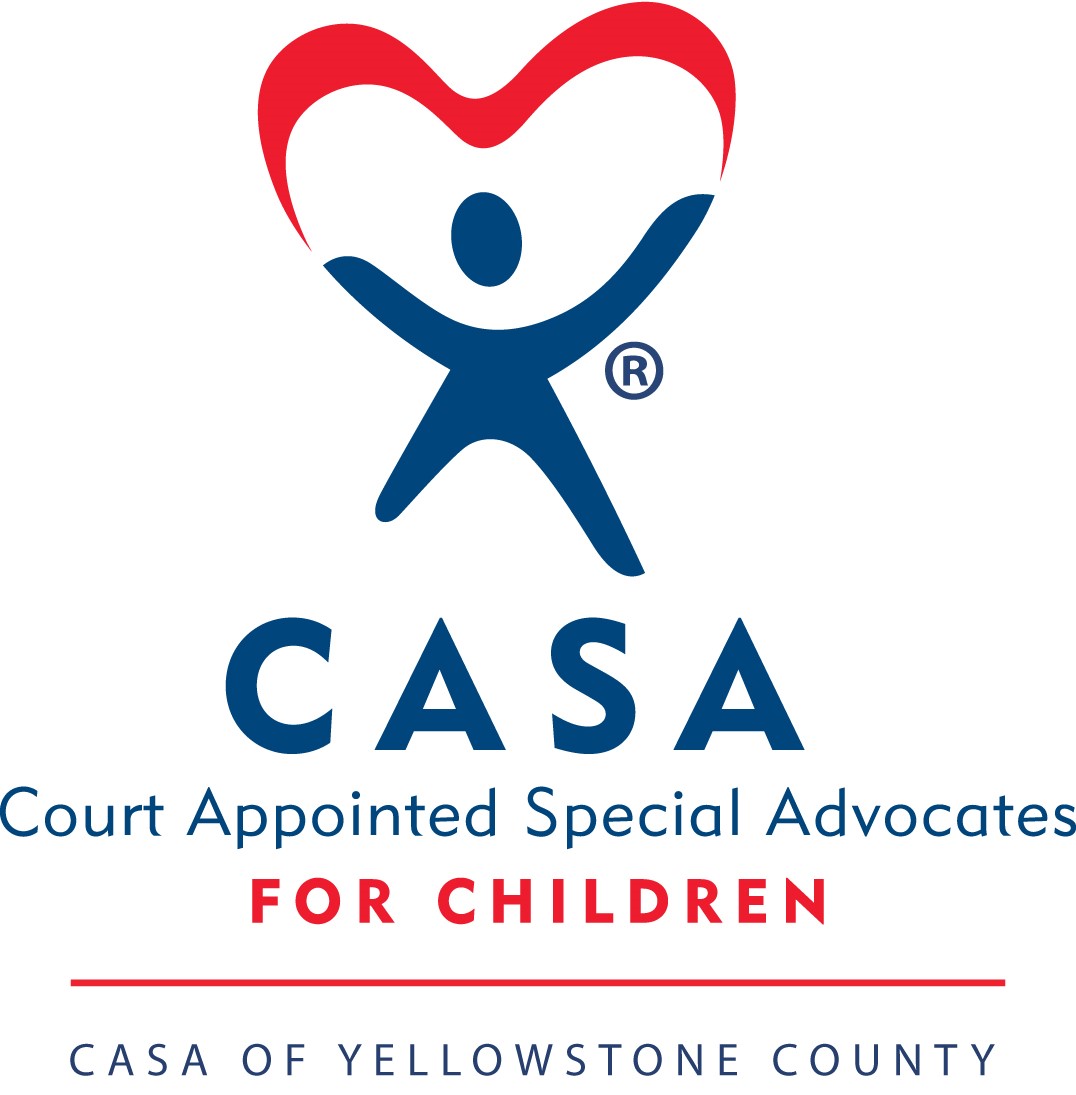It was in December 2006 when a London pediatrician first noticed bruises on 11-month-old Baby P’s face and chest. The infant was put into the care of a family friend, but only for a month before he was returned to his mom. Six months later, another examination determined that his new bruises were the result of abuse, but this time he remained with his birth family. By August 2007, Baby P was back in the hospital where his broken back and ribs were not detected until an autopsy was performed the next day. Baby P had died in his crib, cyanotic in his wet diaper. His cause of death was found to be a tooth he had swallowed after being struck in the face. His ripped ear, blackened fingers and toes, missing fingernail, and skin torn from his nose and mouth had all happened in a house of horrors filled with pornography, vodka bottles, attack dogs, animal feces, fleas, lice, and Nazi paraphernalia.
What was to be done to prevent more Baby Ps? The question galvanized British social services for the last decade and produced a multitude of reports and studies to address the problems of foster care in Great Britain, culminating in Foster Care in England: A Review for the Department for Education (Narey and Owers, February 2018). At first glance this exhaustive review seems merely to show how different the foster care system is in England, with its multitude of local, regional, and national foster care agencies, some private and some public, some non-sectarian, others religious. On a second reading, though, the report has much to say to us, especially about how children should be treated in foster care.

Narey & Owers’ 2018 Report
A consistent theme in the report is that children in care often feel isolated from their caregivers. One reason is that while foster parents need to be trained and semi-professional, they also need to “fiercely advocate for the children in their care.” That level of emotional involvement faces what the authors regard as a startling fact: that foster care guidelines are silent on physical affection. That silence promotes a view that physical affection is inappropriate. The Montana DPHHS Child and Family Services Manual is also silent on this subject. While Foster Care in England does not argue that physical affection should be mandated, the report makes crystal clear that affection should not be denied when welcomed by the child. A simple pat on the shoulder on a bad day can make all the difference to us; should we expect foster children to be any different?
The isolation children feel also involves how poorly they are informed, even from the beginning of their placement. One child quoted in the report had this to say:
“When I was first taken into care at 13 I was not given much information about what was happening and what the process would be. I was not given information about where I was being taken. The police picked me up at my house and took me to social services and from there, was sent to a foster home. I was not given information about this placement: who was there, where it was etc. The social worker left me there with my brother (2 years old) and did not leave us additional information about when we would see our other siblings, arrangements for travelling to school, how long we could be there, when we next would see a social worker.”
It’s hard not to hear a CASA child’s voice here. The trauma of dysfunctional families so easily becomes worse when a child has to face even greater disruption to an already fragile life. This is especially true for children who have experienced multiple placements. If CASAs think of ourselves as a constant in a child’s life, we need to be constant at every moment in a child’s life, especially at the moments of transition from one foster placement to another, moments made all the more difficult when transitions also involve a change of social worker. Listen to another child quoted in Foster Care in England:
“As a kid growing up in care (from a few weeks old to being dumped in a high rise council flat age 17 years with no support, no carpets, no curtains, no fridge or cooker and no money or support), I experienced both foster and residential care on multiple occasions . . . I was gutted every time I called social services to find out I now had a new social worker – it meant I had to begin to get to know them all over again. Sometimes I took to them immediately but sometimes I was suspicious – and often these were the ones who moved on quickly, leaving me feeling empty, un-represented and bereft.”
CASAs work extra hard so that children in care don’t feel empty, unrepresented and bereft, but Foster Care in England makes me to wonder if we couldn’t do more. Three recommendations stand out here; each offers some food for thought:
1. “Children must routinely be better prepared for a placement . . .by being told much more about the carers, their family and the carers’ home, day-to-day care and routines before the first meeting.” The report suggests that video messages, scenes of bedrooms, and lists of basic house rules should be used prior to placement. If we say that the British are too ambitious in this regard, CASAs should remember that the CASA Memorandum of Understanding with the 13th Judicial District clearly states that a CASA is to provide “immediate assistance to the child during transfers to include: moves involving foster homes, schools, family reunifications and/or adoptive placements.”
2. “When children move placement they should routinely be consulted about the adults and children who are important to them and, unless it is not in their interests, contact with those adults and children should be encouraged and facilitated.” No one wants premature visitation or reunification which ignores the child’s best interests, but we must always remember the importance of birth families and close friends for the cognitive and emotional development of children.
3. “When siblings enter care, individually or simultaneously, local authorities should not presume that keeping groups together is in the interests of all children in that group. Instead they should consider the individual needs of each child and whether they are likely to thrive when placed together and whether it is possible for one set of carers to meet the developmental demands of the full sibling group.” In sibling groups, older children sometimes become surrogate parents, while other sibling groups reflect familial in-fighting among parents, but children are not parents nor should they carry the weight of parental dysfunction.
When I first read about Baby P years before becoming a CASA, I assured myself that nothing like his story could happen here. I know differently now. Baby P’s injuries read like a catalog of what CASAs see every day – everything from cuts and bruises to broken bones, from wet diapers to homes unbelievably foul, filled with drugs and drug paraphernalia. Nor is Montana free of instances of children in the DPHHS system suffering fatalities, as was reported in the Great Falls Tribune (Jan 17, 2018): “Fourteen child deaths of youths whose cases were known by the Child and Family Services Division were reported from late 2016 to late 2017 to the state’s Office of the Child and Family Ombudsman.” True, none of these deaths involved the horrors Baby P experienced, but that is no reason to assume we have nothing to learn from Foster Care in England – sometimes we need mirrors to see ourselves clearly.
Bill McRae was sworn in as a Court Appointed Special Advocate in 2013 and is currently a volunteer Peer Coordinator.





